While Endorfy still doesn’t have ATX 3.x PSUs, it is releasing a cable for powering high-performance GeForce graphics cards directly (without an adapter) even with an “older” ATX 2.xx PSU. The Supremo FM5 HPWR cable has a 12+4-pin, or a 16-pin connector on one side, and connects via two PCIe eight-pin connectors on the other side, on the PSU side. In addition to the high current carrying capacity, Endorfy also emphasized installation convenience. Read more “New Endorfy (PSU) cable: From two 8-pins to one 16-pin”
Category: PSUs
Aerodynamic grille. Gigabyte innovates ATX 3.x PSUs
Gigabyte has new ATX PSUs. In regards to the Aorus Elite AEPM PG5, we can write about a higher-end PSU as they will be coming to stores with the 80 Plus Platinum efficiency certification. Meanwhile, the ATX 3.0 standard is supported, so a cable with a 16-pin connector designed for more powerful GeForce graphics cards will be included. Also notable is the sleeker-than-usual design of the grille in front of the fan. Read more “Aerodynamic grille. Gigabyte innovates ATX 3.x PSUs”
DeepCool PN-M: An influx of new ATX 3.1 PSUs (650–850 W)
Upgrades towards the ATX 3.1 standard (from ATX 3.0) can be expected in the next period from leading PSU brands. Each will take on this task in different ways, for DeepCool it is now the release of the new PN-M model series. It represents the mid-range, characterized by the 80 Plus Gold or Cybenetics Gold efficiency rating, modular cabling and an output range of 650–850W. Read more “DeepCool PN-M: An influx of new ATX 3.1 PSUs (650–850 W)”
Seasonic 12V-2×6 cables: Only graphics card support not enough
Seasonic’s new 12V-2×6 cables come with two new features that make them technically superior to their predecessors (with 12VHPWR connectors). There are more of those changes, but the protections against insufficient insertion and increased temperatures are among the most significant things that change across generations of 16-pin connectors. Seasonic’s (12V-2×6) cables are available in three variants. Read more “Seasonic 12V-2×6 cables: Only graphics card support not enough”
Only 122 mm. Enermax shortened its ATX PSUs (Revolution D.F. 12)
Enermax has new ATX PSUs with a length that is smaller than the SFX-L format. This makes them the smallest ATX PSUs currently available. The fan used is a bit smaller than usual, but its cross section hasn’t suffered that much. And also because of the presence of 16-pin 12V-2×6 cables (with shortened sense pins), we’re already dealing with the ATX 3.1 standard. Read more “Only 122 mm. Enermax shortened its ATX PSUs (Revolution D.F. 12)”
Minitest: Cheap PSUs vs. graphics cards coils whine
You’ve already read the extensive analysis of graphics card coil whine changes depending on the PSU used. One last thing is missing for it to be complete. And that is to add the behavior of cheap PSUs with lower quality components. Otherwise, one could still speculate that across classes the situation could be significantly different. Could it? This is what we will focus on in the measurements with “80 Plus” PSUs, one of which is also already quite old. Read more “Minitest: Cheap PSUs vs. graphics cards coils whine”
Which combo whines the least? 12 PSUs, 3 graphics cards…
“After replacing the PSU, the video card coils stopped whining”. An extremely common statement and yet it always remains on a subjective level, which is a pity. But that is also why we will now look at things in an exact, numerical way. We do this by testing several graphics cards, where for each, noise levels of VRM coils are monitored with each ATX (3.0) power supply used. So how is it with the “whining”? When is it stronger and when is it weaker? Read more “Which combo whines the least? 12 PSUs, 3 graphics cards…”
DeepCool PL-D: New ATX 3.0 PSUs starting from 49 EUR
If you have been considering ATX 3.0 PSUs to be “too expensive”, then DeepCool will be looking to change your perspective on the matter. With models from the new PL-D series, which also includes lower-performance variants. Those, combined with 80 Plus Bronze, are priced quite low and can already be acquired, some might say, cheaply. This is at the price of lower efficiency (a compromise), but still maintaining key safety protections. Read more “DeepCool PL-D: New ATX 3.0 PSUs starting from 49 EUR”
12-pins on GPUs melting again: Both fans and critics are wrong
Yet again, reports of melted 12-pin power connectors and damaged GeForce graphics cards are coming in – this time involving hundreds of CableMod adapters – and with that, the debate about whether the 12-pin is dangerous is back. Unfortunately, it’s full of black and white arguments that are pretty much off the mark. We will try to point out such fallacies. The issue is in fact much more complicated than the positions usually taken on it. Read more “12-pins on GPUs melting again: Both fans and critics are wrong”
How we measured computer PSUs. The acoustic part
The PSU tests, which will be published shortly, will also include a detailed noise analysis. Each model has a different fan, a different grille in front of it, and operates at a different speed under the same loads, all of which shapes the different noise character. In order to make everything clear and accurate, spectral analysis of the sound is essential. This tells us which frequencies are noisier and how each PSU actually “sounds”. Read more “How we measured computer PSUs. The acoustic part”
How we measured computer PSUs. The electrical part
The time has come to introduce the testing methodology for computer PSUs. We will divide this into two articles, where the first will cover procedures for obtaining key electrical quantities (i.e. surrounding efficiency, voltage regulation, voltage ripple, etc.). A separate sequel will then focus on the analysis of acoustic profiles. But now on to the purpose for which we travelled to the external testlab. Read more “How we measured computer PSUs. The electrical part”
Why ATX 3.0? Features and advantages of the new PSU standard
We are currently working on a series of power supply tests, from which you already saw a preview with thermal imagery and temperature measurements of the 12pin (a.k.a. 12+4pin) 12VHPWR cables. In this article we will look at what the PSUs produced using this standard have to offer. Even older good quality PSUs can last a long time in several generations of your PC, so what in the ATX 3.0 specification makes it worth switching over? Read more “Why ATX 3.0? Features and advantages of the new PSU standard”
12VHPWR cable thermal imaging: Different PSU, different temps
Something for warm-up. We’ll start our ATX 3.0 PSU tests with perhaps the most talked about topic surrounding them, the temperatures of the new cables with 16-pin PCIe connectors. The overview of the PSUs of twelve brands answers well the question of how the manufacturers handled which models. With high current loads, the temperature differences can be quite significant, both on the connector housings and on the wire insulation. Read more “12VHPWR cable thermal imaging: Different PSU, different temps”
This is the complete ATX 3.0 power supply test lineup
Recently, in fact for most of 2023, we’ve been collecting various ATX 3.0 power supplies. In total, twelve have been collected, which is also the final number with which we are now leaving for measurements. Before we start publishing the tests, you can check out a comprehensive overview of all the models. Or leave a comment, which we can eventually incorporate into our analyses. Read more “This is the complete ATX 3.0 power supply test lineup”
Gigabyte GP-UD850GM PG5W: Let’s make it bright!
The last of the dozen ATX 3.0 PSUs that we’ll be looking at in comparison tests is the Gigabyte GP-UD850GM PG5W. We have this one available in the “rarer” white variant, and if there’s anything else these Gigabyte (UD850GM) PSUs have going for them, it’s an attractive price. It is decidedly the cheapest PSU we will test. And among other things, it also has a smaller footprint with extra compatibility. Read more “Gigabyte GP-UD850GM PG5W: Let’s make it bright!”






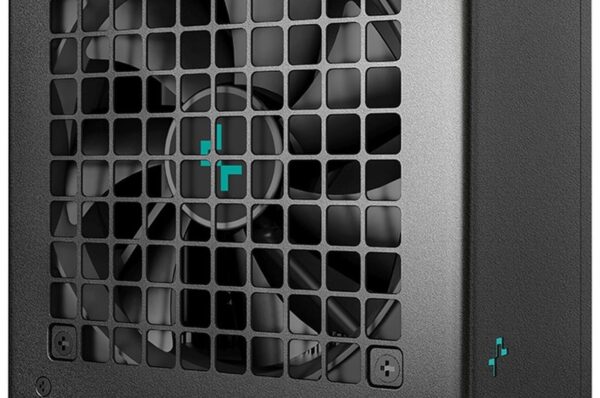
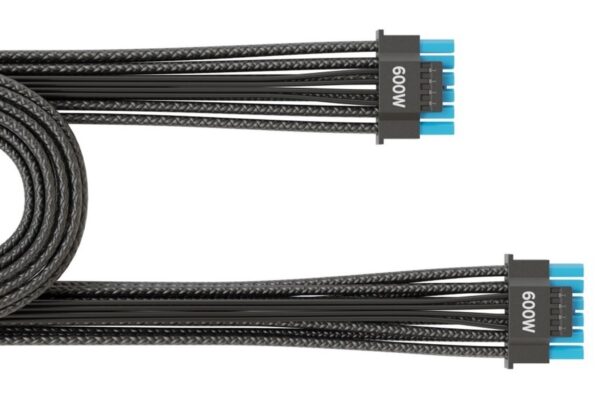

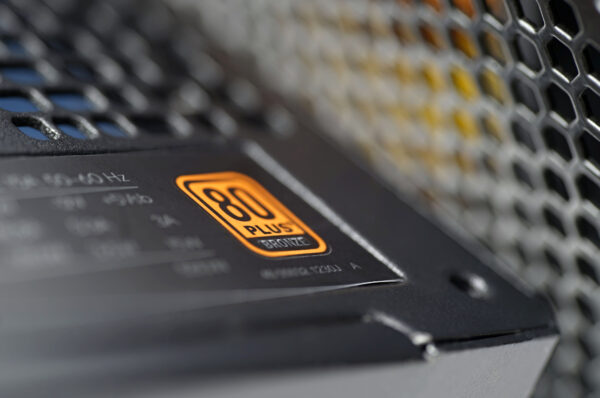
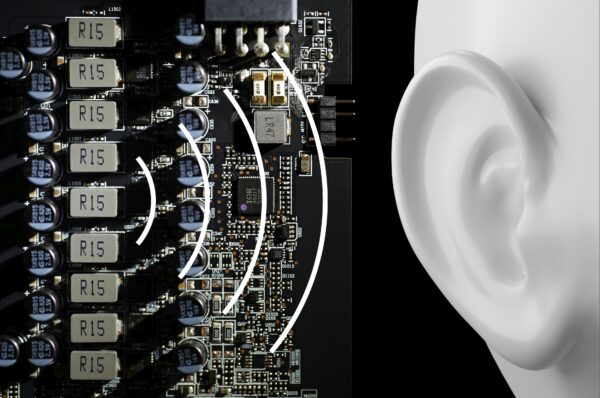
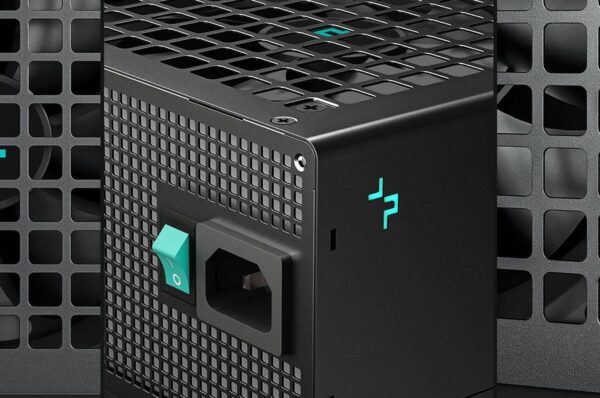
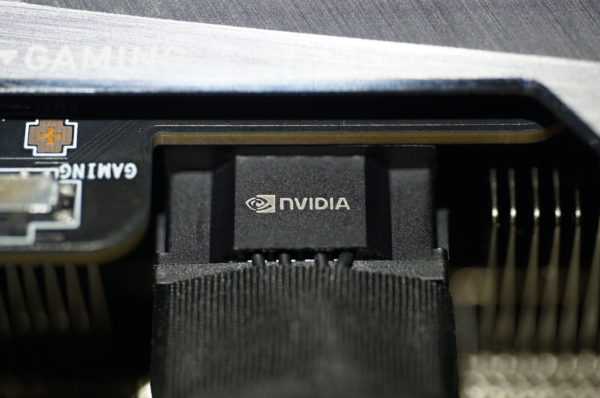
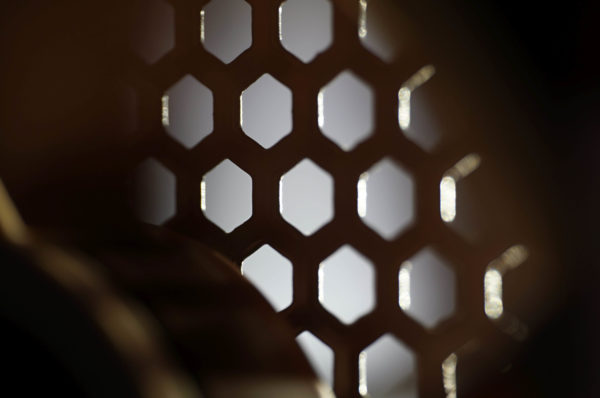
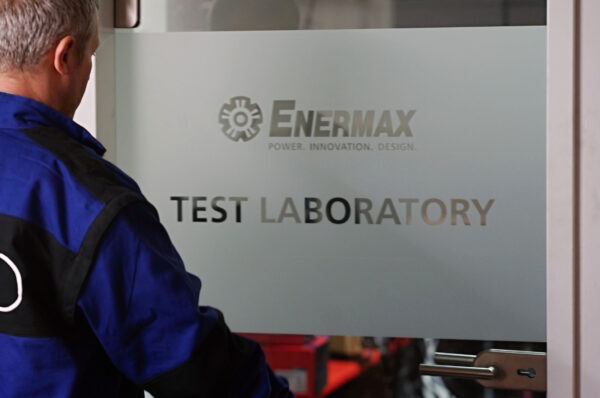
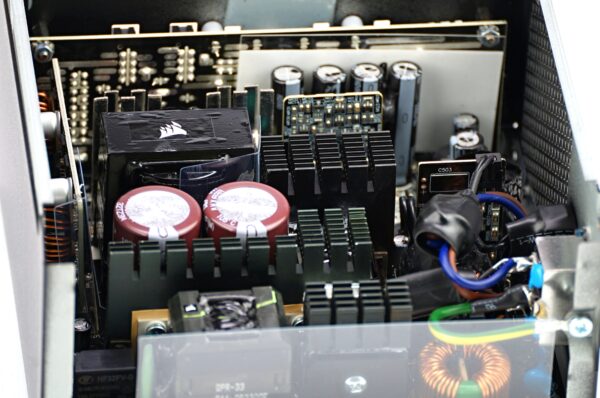

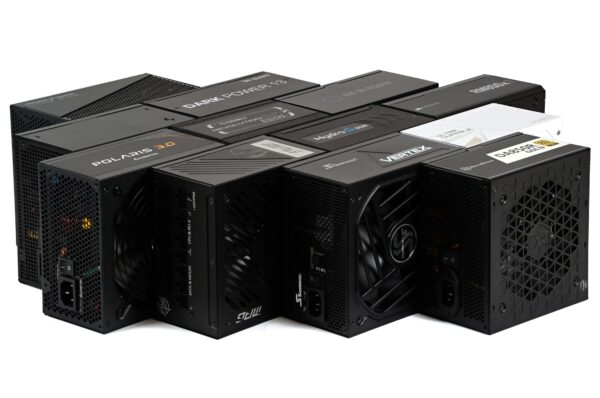
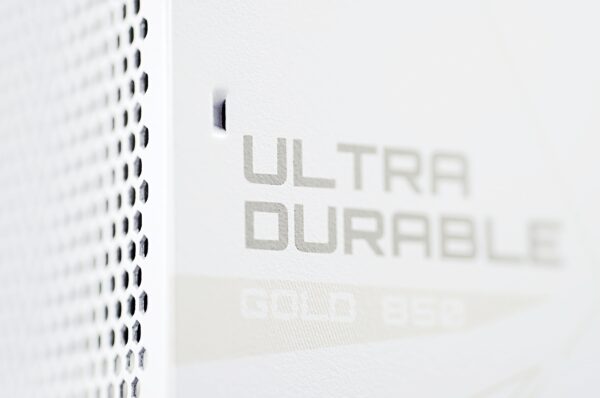



Latest comments